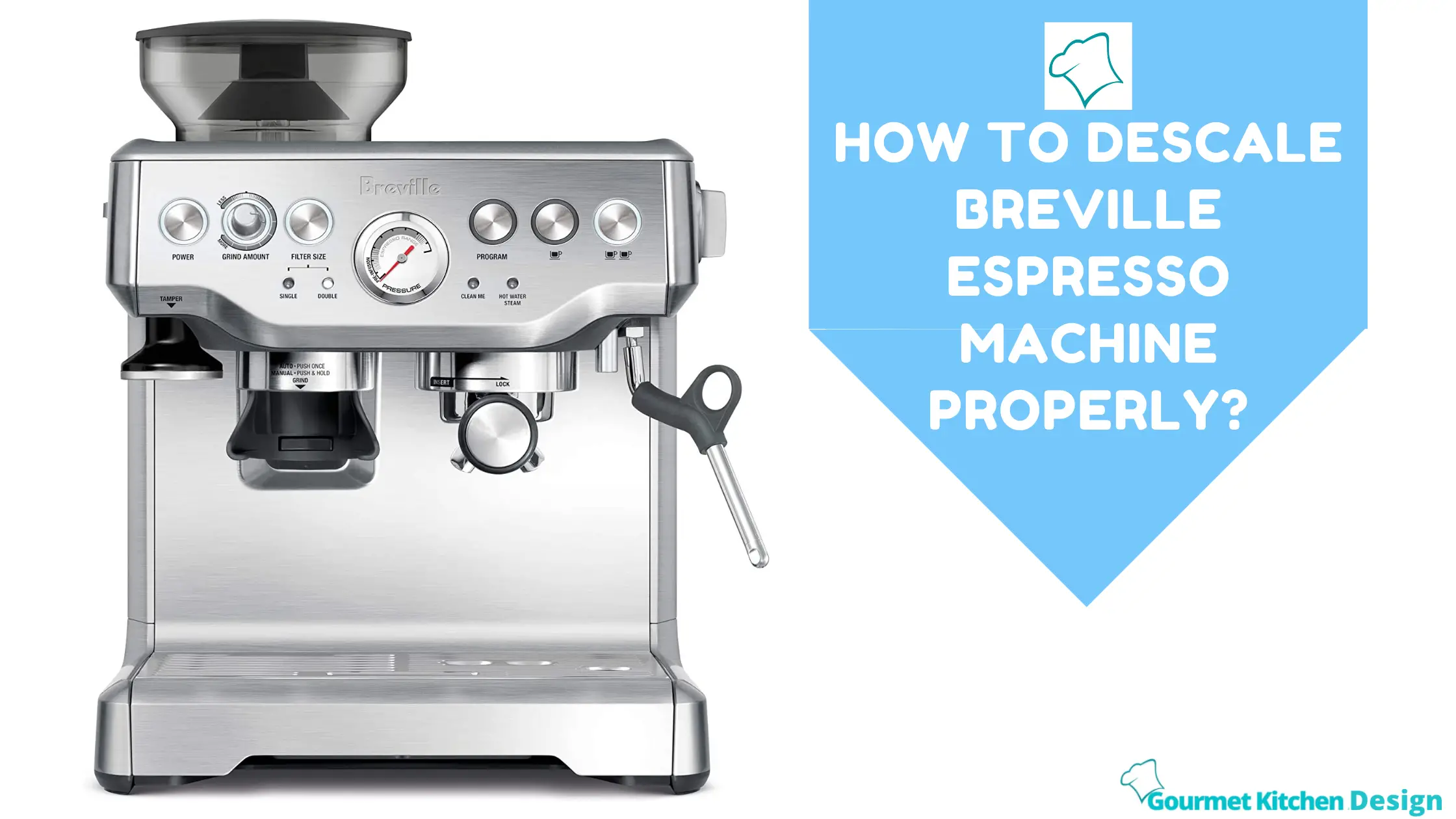Is there mineral buildup in your coffee maker? It implies that it requires descaling. Do you want to know what you can use to descale your Breville Espresso Machine?
Even if you clean your coffee maker regularly, you may experience clogging problems in the long run. It can also be upsetting.
The water used to brew it can cause mineral buildup in your coffee maker. While this buildup isn’t toxic, it can impact the machine’s water flow, temperature, and functionality. It can also affect the flavor of the coffee. Descaling removes minerals from your brewer, extending its life.
So, let’s get started.
What Is Descaling?

Water makes up about 99% of a cup of coffee, making it one of the essential components in brewing a decent cup. Water contains minerals such as calcium and magnesium, which flow through your coffee maker and build up as limescale on the heating element.
The act of descaling a coffee maker involves removing the mineral accumulation. Limescale can form around your coffee machine’s metal parts that have come into touch with hot water, such as the boiler.
You can descale when a heat exchanger’s surface collects a considerable layer of calcium, insulating the water from the heat source and reducing performance.
Descaling the tubes of industrial heat exchangers regularly is required to prevent corrosion and increase performance.
Why Is It Dangerous/Unhealthy?
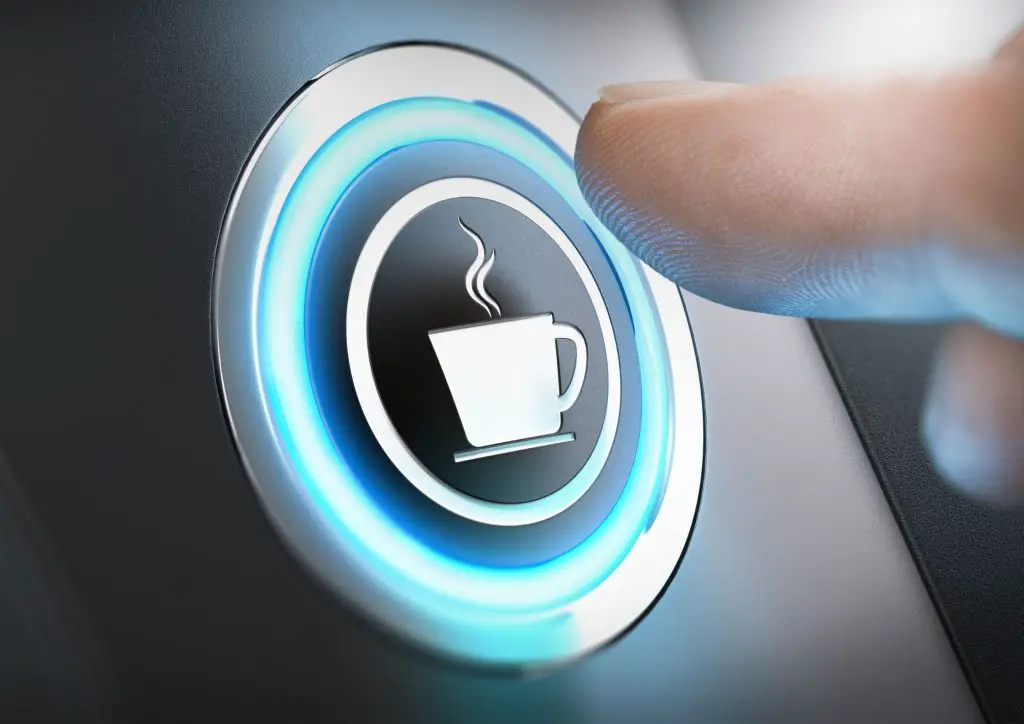
Although calcium and limescale are non-toxic, they can degrade the quality of your coffee if left unattended.
Water can be insulated from the heat source by layers of limescale. It will be impossible to extract the full flavor of your coffee beans if the water does not reach the ideal temperature for brewing. Plus, your coffee will be too cold to drink.
The heating capacity of the broiler may reduce. It will force the machine to act harder, resulting in higher electricity usage. Because limescale buildup can hinder water flow, a malfunctioning machine will start to rattle, extending the brewing time.
These problems with heating, clogging, and flavor abstraction reduce the quality of your brew and can eventually lead to your coffee maker breaking down.
Check out the video below!
How To Remove It?
- Remove the machine’s water tank and drip tray and empty them. Remove the holder for the water filter from the tank.
- Fill the tank with clean water up to the DESCALE line. Pour in your solution, making sure to follow the product’s instructions.
- Reassemble the tank. Place a large cup or bowl on the drip tray to catch the water.
- To access the main menu, press the menu button and then turn the grind amount dial to “DESCALE” in the menu. The 1 CUP button will light up when you press to select.
- To begin descaling, press the 1 CUP button. There are three parts to the process: coffee, hot water, and steam. After each stage, the machine will beep. Keep an eye on the LCD panel since the steam dial must be manually turned to hot water or steam when indicated.
- After that, the machine will need to go through a rinse cycle. Remove and discard the drip tray and the water collection cup or bowl. Remove any solution from the water tank and fill it halfway with new water.
- To begin the rinse cycle, press the 1 CUP button. This happens in three stages as well, and you’ll need to adjust the steam dial according to the instructions on the LCD screen.
- Once the rinse cycle is completed, the machine will beep and revert to ready mode.
- Remove the drip tray and water tank and give them a good rinse before replacing them.
Here is a descaling video for your reference:
What Can I Use To Descale My Breville Espresso Machine?
When it comes to machine cleaning supplies, it’s important to ensure that the item you’re adding will not harm your machine.
The safest bet is to call or email the Breville service center for extra espresso machine cleaning pills or sachets.

However, there are also Breville safe ways to use on your coffee maker.
Espresso Cleaning Tablets
Cleaning tablets are the quickest and most effective method of cleaning your Breville machine. Nothing compares to the ease of simply inserting a tablet into the cleaning disk and pressing the appropriate buttons.
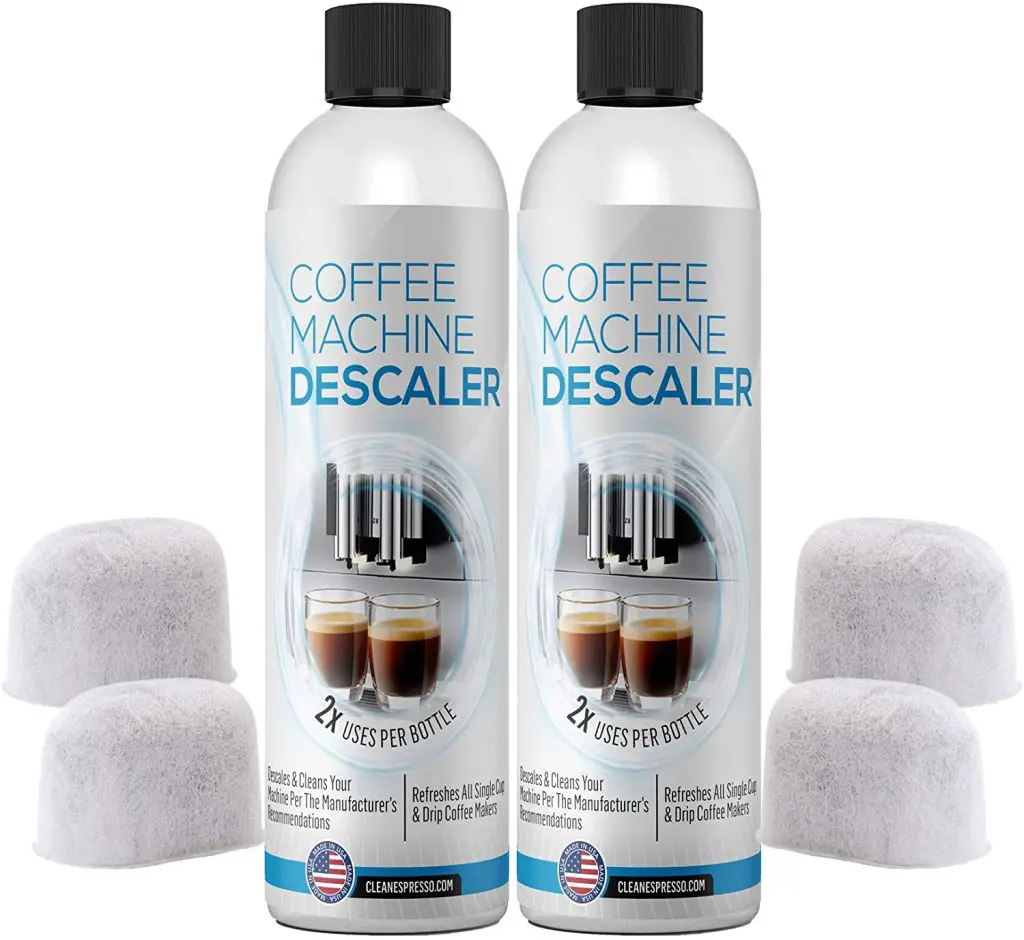
Descaling Solution
Another easiest method is to use a descaling solution.
While some coffee maker manufacturers have developed a solution specifically for their machines, others have not. The descaling method is for those who want to descale their coffee maker without going through any hassles and yet receive great results.
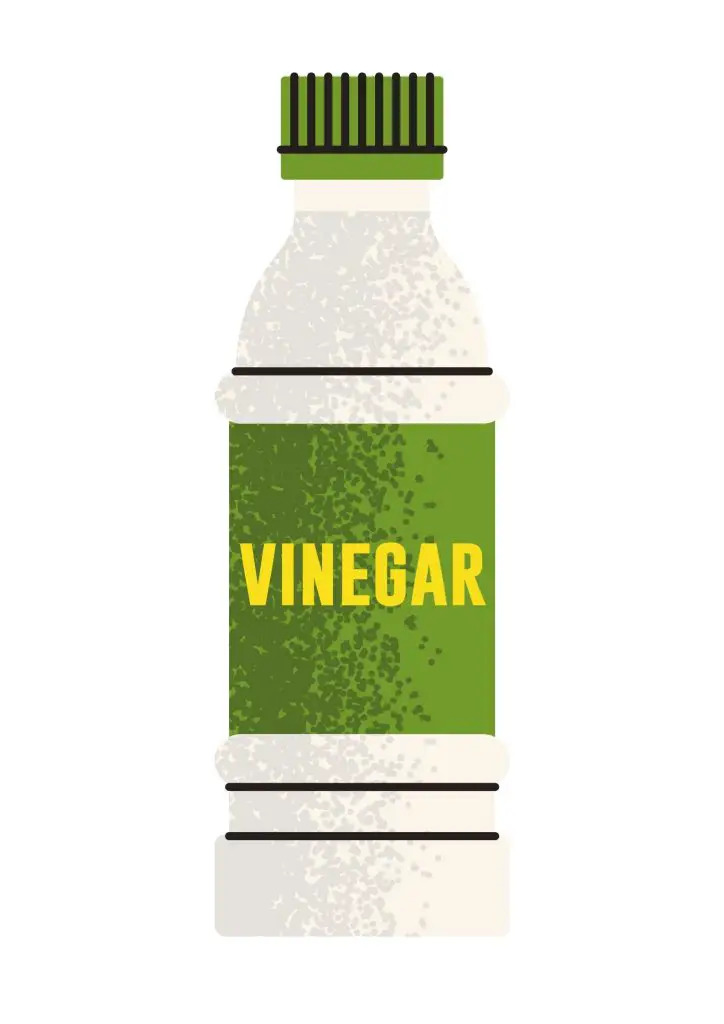
Vinegar
It is possible to descale your Breville coffee machine using a solution of water and vinegar in equal parts. Pour 1 cup of water into the water tank for every cup of vinegar that you use to dilute it. Without using any coffee, run several cycles through the system before flushing it out with the solution.
However, vinegar is not the most effective method to descale the Breville espresso machine. When compared to other descaling methods, vinegar has some drawbacks. It is less effective than the descaling solution.

Citric Acid
Citric acid is an excellent alternative to white vinegar, even though it is not as strong. It has a pleasant smell and will not leave a bad taste in your coffee when used.
Because citric acid is not as powerful as white vinegar, you will need to descale your machine many more times to achieve the desired effects. At the end of the cycle, you should rinse the machine with water and repeat the process.
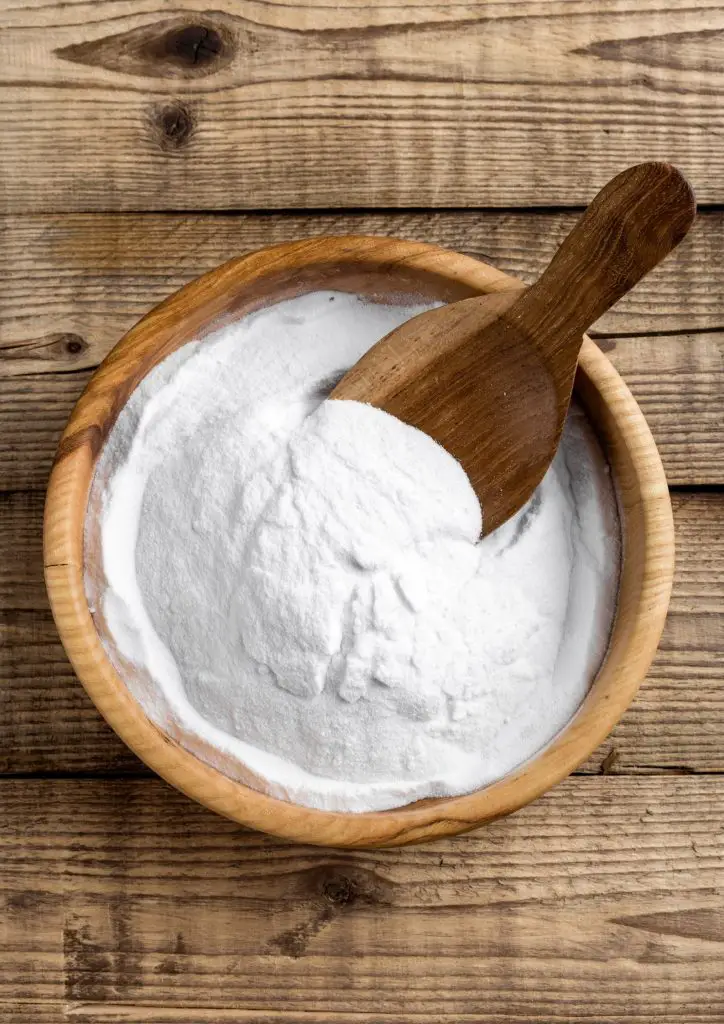
Baking Soda
You may also use baking soda to clean coffee machines, and it is both natural and effective. Using a quarter cup of baking soda in the container and a brew cycle in the coffee machine.
However, baking soda is an excellent cleaning agent but a poor descaling agent. It doesn’t mean that you shouldn’t use it. It has the cleaning capacity to get rid of mineral buildup.
People Also Ask
What happens if your espresso maker isn’t descaled?
If you don’t clean your machine, the residue will make your coffee taste bad in a number of ways: The coffee will start to taste bad. Your coffee and your coffee machine will smell sour. A coffee maker may become unusable if coffee residue causes clogging and blockages.
Can a descaler damage a coffee maker?
The parts of your espresso machine will remain undamaged by the descaling solution because it is specifically formulated to remove only the limescale.
How frequently should I descale my Breville coffee maker?
You can descale your Breville espresso machine every 60 – 90 days.
Conclusion
If you clean your coffee maker regularly but still have problems with water flow, it’s because of hard water. Descale your machine to get rid of these mineral deposits.
You’ll need to get some descaling solution or vinegar before you can descale your Breville. A homemade descaling solution made with one part vinegar and one part water works well and saves money. Still, you can also use a manufactured descaling solution.
To get the best cleaning results, you’ll need to follow the correct procedure. The proper care and cleaning of your Breville Espresso Machine, or any other coffee machine, is essential.
You can also check our guide on cleaning your Cuisinart coffee maker.
Are you ready to descale your coffee machine at this point? Let me know how it went in the comments.

